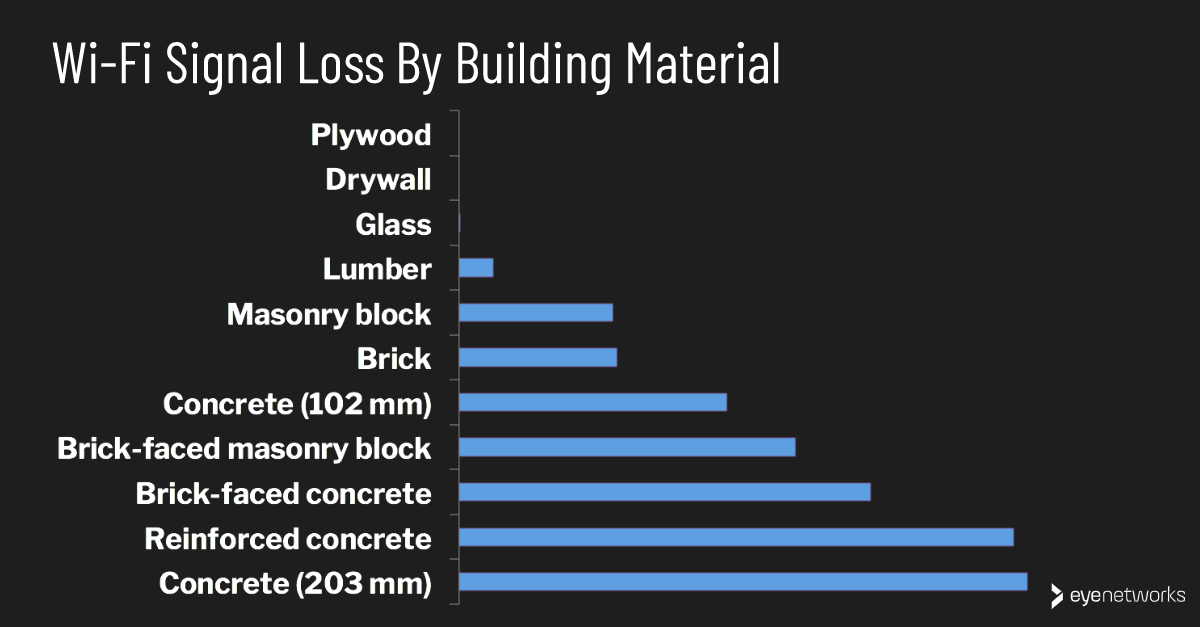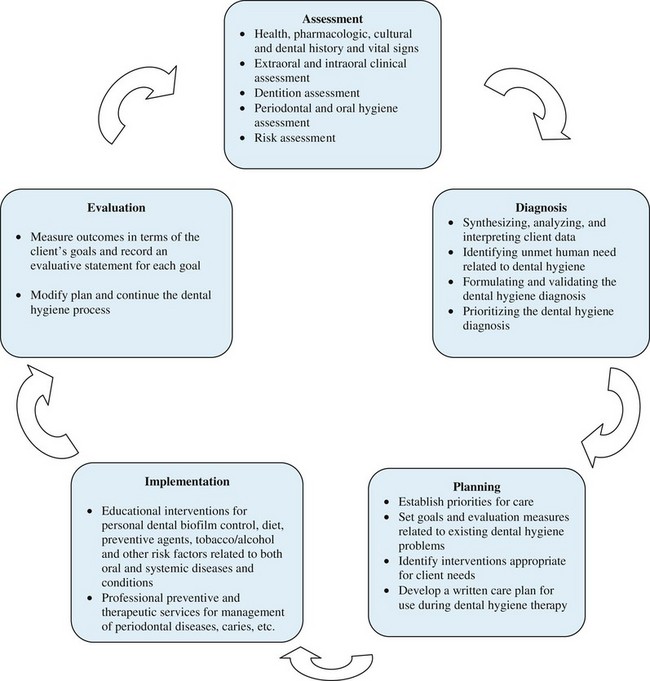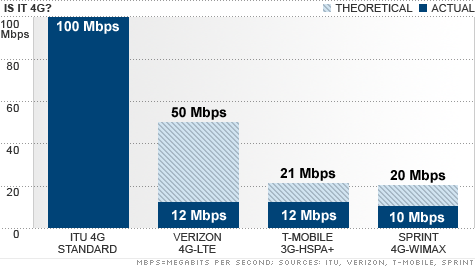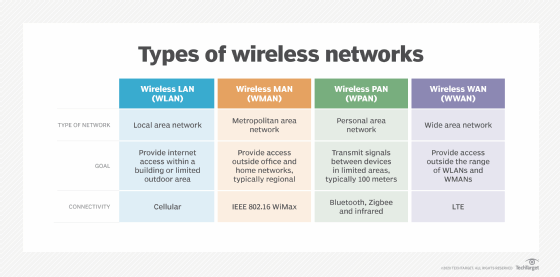Which WiFi Penetrates Walls Best?
WiFi is essential for many of us and having a good connection is key. With the growing demand of high speed and reliable internet, the question of which WiFi penetrates walls best is becoming increasingly important. There are many factors that come into play when considering which WiFi is best for penetrating walls, such as signal strength, antenna technology, and construction materials used in the wall. In this article, we’ll explore the different types of WiFi and the factors that influence its ability to penetrate walls. We’ll also discuss some tips for getting better WiFi signal through walls and different products that can help.
Introduction
to WiFi Penetration
WiFi is an essential part of modern life, enabling us to access the internet, stream content, and stay connected from anywhere. But, when it comes to WiFi, not all signals are created equal. Different routers and frequencies offer different levels of coverage, with some signals able to penetrate walls better than others. So, which WiFi penetrates walls best?
To answer this question, it’s important to understand how walls interact with WiFi signals and what types of routers are best for penetrating them. To start, WiFi signals are composed of electromagnetic waves that are blocked or weakened by walls, floors, and other obstructions. As a result, these signals are unable to penetrate to the other side of a wall, resulting in a “dead zone” on the other side. To counteract this, it’s important to choose a router that is designed for optimal penetration.
Dual-band routers are the best option for penetrating walls, as they broadcast both 2.4GHz and 5GHz frequencies. The 2.4GHz frequency is better for penetrating walls, while the 5GHz frequency is better for faster speeds. Additionally, certain routers are designed specifically for penetrating walls and have higher transmit power that can reach further distances.
So, to answer the question, the best WiFi for penetrating walls is a dual-band router that is designed specifically for this purpose. By understanding how walls interact with WiFi signals and choosing the right router, you can ensure that your connection will reach the other side of a wall without any dead zones.
Types of WiFi
When it comes to WiFi, not all types are created equal. Each type has its own advantages and disadvantages, and understanding these can help you choose the best option for your needs. The three most common types of WiFi are 2.4 GHz, 5 GHz, and dual-band.
2.4 GHz is the original WiFi frequency and is still the most widely used. It has the ability to penetrate walls and travel long distances, making it a good choice for larger homes or businesses. However, it can be prone to interference from other devices like microwaves and Bluetooth devices, resulting in slower speeds and reduced reliability.
5 GHz is the newer and faster WiFi frequency and is better suited for short-range connections like those used in apartments or offices. It offers faster speeds than 2.4 GHz, but its shorter range means it does not penetrate walls as effectively.
Dual-band WiFi is a combination of both 2.4 GHz and 5 GHz, allowing the user to switch between frequencies based on their needs. This is the ideal choice for larger homes or businesses that require both long-range and short-range connections. It offers the best of both worlds, but can be more expensive than just using one frequency.
Ultimately, the type of WiFi that penetrates walls best depends on your individual needs. 2.4 GHz offers the best long-range performance, while 5 GHz is better suited for short-range connections. If you need both, then dual-band is the way to go. Understanding the different types of WiFi can help you make the right decision for your home or business.
Factors Impacting WiFi Penetration Through Walls
When it comes to WiFi, there are a lot of factors to consider when determining which connection will penetrate walls best. These include the type of wall, the thickness of the wall, the WiFi signal strength, the type of antenna, and the type of router.
Wall type is an important factor in determining WiFi penetration. Hard surfaces, such as concrete, brick, and metal, are better at reflecting WiFi signals than softer surfaces, such as drywall or wood. Additionally, thicker walls can block WiFi signals more than thinner walls.
The strength of the WiFi signal being transmitted is also important. A stronger signal will be able to penetrate walls more easily than a weaker signal. Similarly, the type of antenna being used can also affect WiFi penetration. Directional antennas, such as panel antennas, are better at transmitting signals over long distances than omnidirectional antennas, such as dipole antennas.
Finally, the type of router being used can also impact WiFi penetration. Routers with multiple antennas are better at transmitting signals over long distances than routers with single antennas. Additionally, routers with higher signal power ratings will be able to transmit signals more effectively than those with lower ratings.
In conclusion, when it comes to WiFi penetration through walls, there are a number of factors that need to be considered. These include wall type, wall thickness, signal strength, antenna type, and router type. By understanding these factors, you can determine which WiFi connection is the best for penetrating walls.
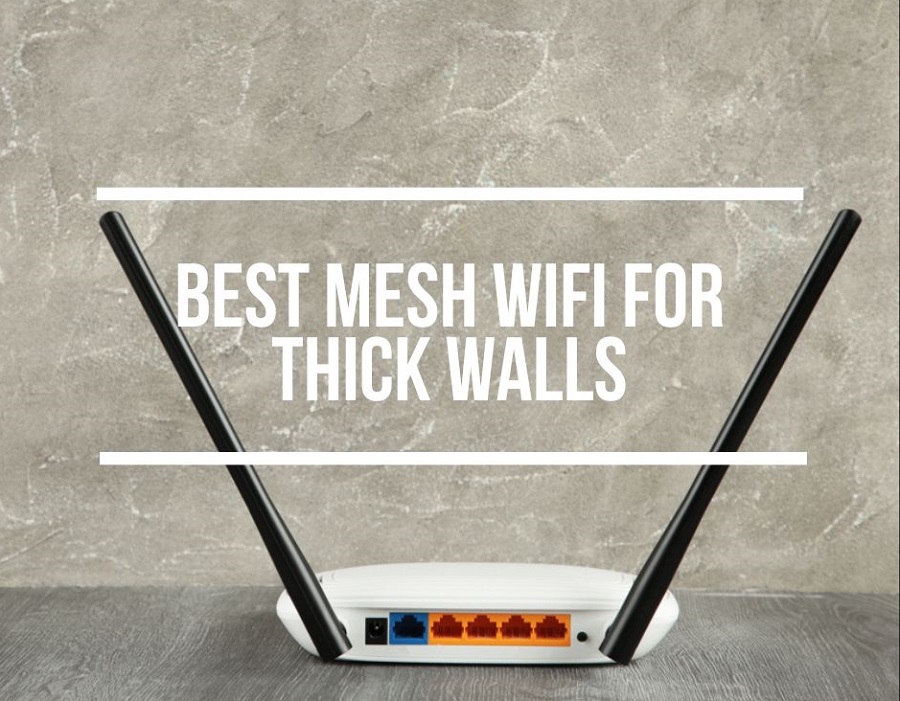
Measuring WiFi Penetration
WiFi is an integral part of our daily lives. Whether it’s streaming shows, checking emails or browsing the internet, we rely on WiFi networks to get our work done. The main challenge for many WiFi users is that signals often struggle to penetrate walls, meaning that some areas in the home or workplace are left without a reliable wireless connection. Knowing which WiFi penetrates walls best can help you to ensure that your network is up to the task.
Understanding how WiFi penetrates walls is important for choosing the best router for your needs. The two main factors that affect WiFi penetration are the frequency of the signal and the type of wall it must pass through. The higher the frequency, the more difficult it is to penetrate walls. Low-frequency signals, such as those used by 2.4GHz networks, can penetrate walls better than high-frequency signals, such as those used by 5GHz networks.
Additionally, the type of wall can affect how well a signal penetrates. Solid walls, such as those made of brick or concrete, are more difficult for signals to penetrate than hollow walls, such as those made of drywall. The thickness of the wall also plays a role, with thicker walls providing more of a challenge.
By understanding the factors that affect WiFi penetration, you can make an informed decision about which router is best for your needs. Knowing which WiFi penetrates walls best can help you to ensure that your network is up to the task.
Different Types of Wall Materials & Their Effect on WiFi Penetration
Wi-Fi signals can travel through various materials, but not all walls are equal. Different wall materials absorb, block, or reflect Wi-Fi signals to varying degrees, which can have an effect on the range or speed of your wireless network. To help you get the most out of your Wi-Fi network, it’s important to know how different wall materials affect Wi-Fi penetration.
Brick and concrete are the two most common building materials that block Wi-Fi signals. Brick is a dense material, and while it does not completely block signals, it will reduce the strength of the signal. Concrete, on the other hand, is a much denser material and can completely block Wi-Fi signals.
On the other hand, wood and drywall are more porous materials and will allow Wi-Fi signals to pass through. Drywall is a porous material, and while it is not as effective as wood at transmitting signals, it will still allow a Wi-Fi signal to pass through with no issue. Wood, however, is a much more effective material for transmitting Wi-Fi signals, due to its porous nature.
Glass, metal, and plaster are all materials that will reflect Wi-Fi signals, rather than absorb or block them. This means that a Wi-Fi signal will bounce off the material and travel in the opposite direction. This can be useful if you need to extend the range of your Wi-Fi network, but it can also be a hindrance if you need to penetrate thick walls.
Knowing which wall materials are best for Wi-Fi penetration can help you get the most out of your wireless network. Brick and concrete walls will block Wi-Fi signals, while wood and drywall are porous materials that will allow signals to pass through. Glass, metal, and plaster will reflect Wi-Fi signals, so they can be useful for extending the range of your network. With this knowledge, you can optimize your Wi-Fi network for the best possible performance.
Conclusion
When it comes to finding the right WiFi for your home or office, it’s important to consider the type of walls and materials that are in the space. Thick walls, metal, and other materials can affect the signal strength of your WiFi connection. To get the best connection, it’s important to look for a router that offers the highest frequency and greatest range. For example, 5GHz routers have a higher frequency and can penetrate walls better than 2.4GHz routers. Additionally, routers with multiple antennas can offer better coverage and more reliable connections. Ultimately, the best WiFi router for your home or office will depend on the type of walls and materials that are in the space. To ensure the best connection, it’s important to invest in a router that offers the highest frequency and greatest range.
FAQs About the Which WiFi Penetrates Walls Best?
1. What types of WiFi technologies penetrate walls best?
The 802.11n and 802.11ac standards are generally the best for penetrating walls, as they have better signal strength and higher data rates compared to other standards such as 802.11a and 802.11b.
2. How can I improve the WiFi signal in my home?
To improve the WiFi signal in your home, you can use range extenders or access points to extend the range of your router’s signal. You can also move your router to a higher location or use a directional antenna to direct the signal towards your desired location.
3. Are there any other factors that can affect the WiFi signal?
Yes, other factors such as the type of walls in your home and the amount of interference from other electronic devices can also affect the WiFi signal. Additionally, the distance between your router and the devices you’re trying to connect to can also have an impact on the signal.
Conclusion
In conclusion, the best WiFi signal that can penetrate walls would depend on the type of walls you are trying to penetrate, the type of router used, and the distance between the router and the device. The most reliable way to ensure a strong and reliable signal is to use a router with a strong signal, use a good antenna, and place the router close to the device. Additionally, mesh networks or adding extra access points can help boost the signal in areas that are difficult to reach.
